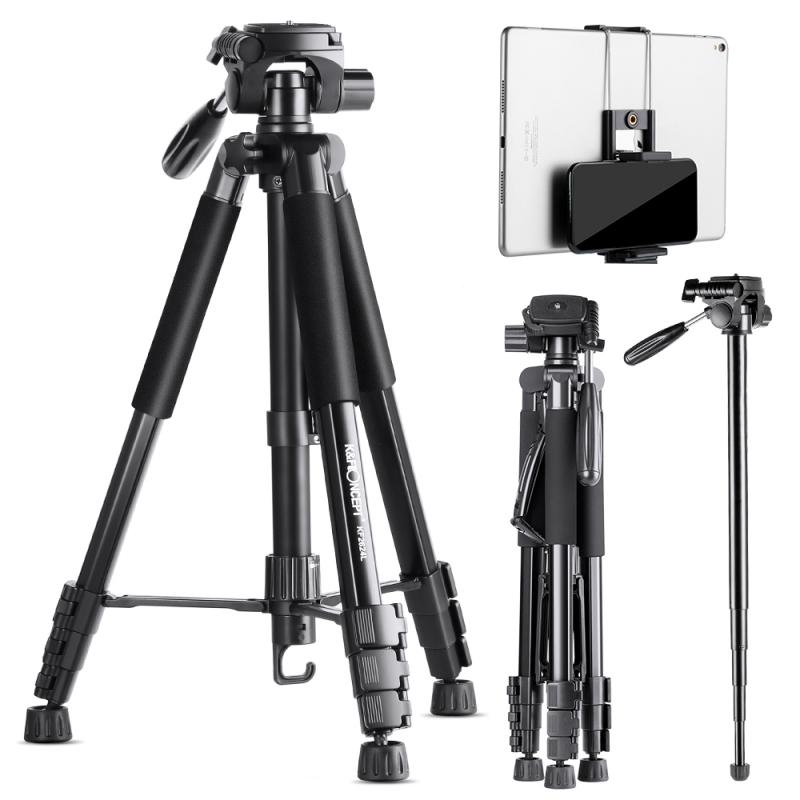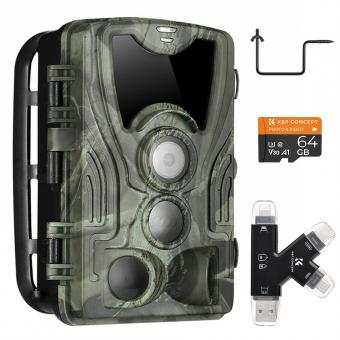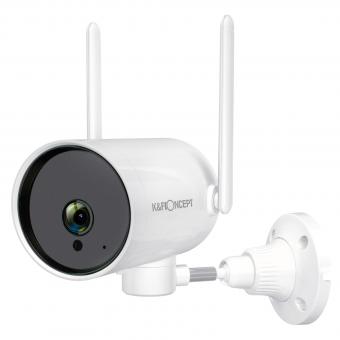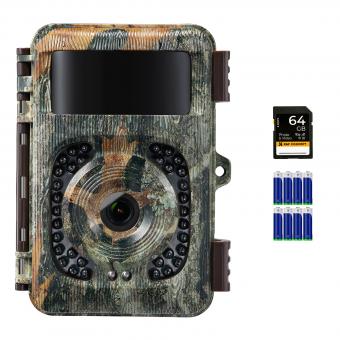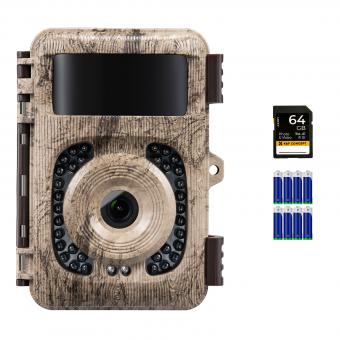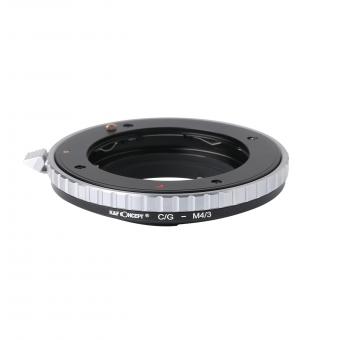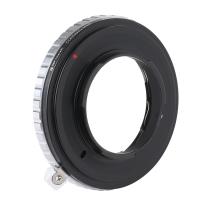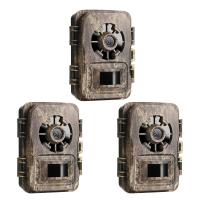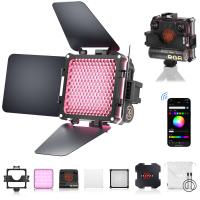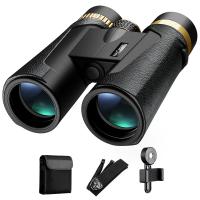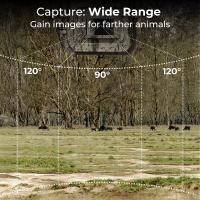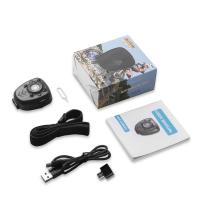How Does A Wifi Web Camera Work ?
A Wi-Fi web camera works by connecting to a wireless network, allowing it to transmit video and audio data over the internet. It uses Wi-Fi technology to establish a connection with a router or access point, which then enables it to communicate with other devices on the network. The camera captures video and audio using its built-in sensors and microphone, and then encodes this data into a digital format. It then uses the Wi-Fi connection to send this encoded data to a designated receiver, such as a computer or mobile device, which can display the live video feed or record it for later viewing. The receiver device must also be connected to the same Wi-Fi network in order to receive the data from the camera. This allows users to remotely monitor and access the camera's video feed from anywhere with an internet connection.
1、 Wireless connectivity: Transmitting data over Wi-Fi network.
A Wi-Fi web camera, also known as a wireless IP camera, operates by utilizing wireless connectivity to transmit data over a Wi-Fi network. This allows the camera to send video and audio signals to a connected device, such as a computer or smartphone, without the need for physical cables.
The camera itself is equipped with a built-in Wi-Fi module that enables it to connect to a local Wi-Fi network. Once connected, the camera can communicate with other devices on the same network, allowing users to remotely access and control the camera's functions.
When the camera is powered on, it establishes a connection with the Wi-Fi network by sending a signal to the router. The router then assigns an IP address to the camera, which serves as its unique identifier on the network. This IP address allows users to access the camera's live feed and settings from anywhere with an internet connection.
To transmit video and audio data, the camera captures the footage using its lens and sensor, and then compresses and encodes the data into a digital format. This compressed data is then transmitted wirelessly over the Wi-Fi network to the connected device. The device can receive and decode the data, allowing users to view the live video feed in real-time.
In recent years, advancements in Wi-Fi technology have improved the performance and reliability of Wi-Fi web cameras. The latest Wi-Fi standards, such as Wi-Fi 6 (802.11ax), offer faster speeds, increased bandwidth, and better network efficiency. These advancements contribute to smoother video streaming, reduced latency, and enhanced overall performance of Wi-Fi web cameras.
Overall, a Wi-Fi web camera works by leveraging wireless connectivity to transmit video and audio data over a Wi-Fi network, providing users with remote access and control of the camera's functions.
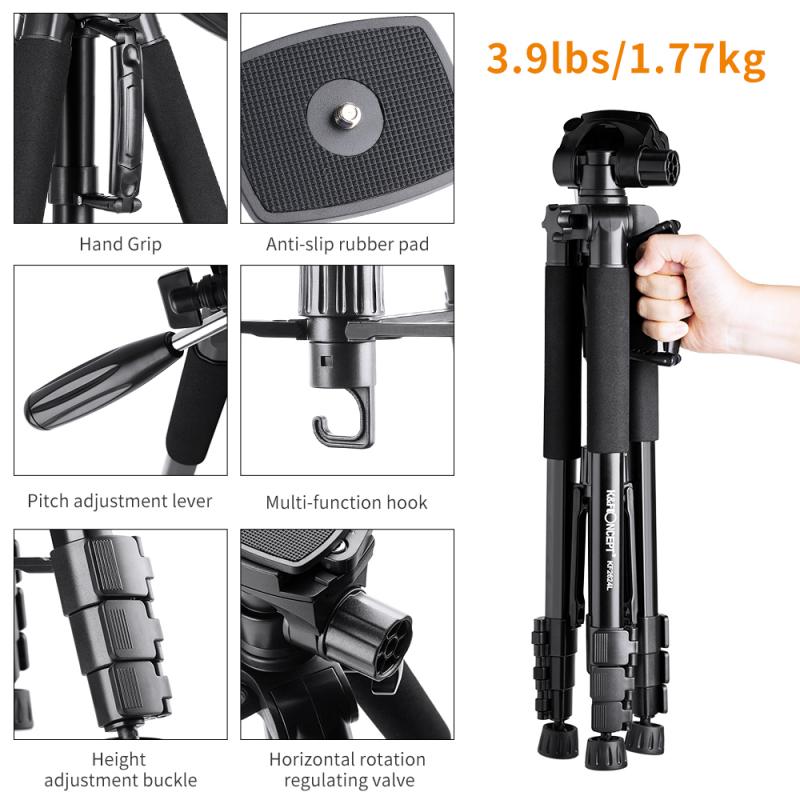
2、 Camera sensor: Capturing images or videos.
A WiFi web camera, also known as an IP camera, is a device that allows users to monitor and record video footage remotely using a wireless network connection. These cameras are equipped with a camera sensor that captures images or videos, which can then be accessed and viewed through a web browser or a dedicated mobile app.
The camera sensor is the heart of the WiFi web camera. It is responsible for capturing the visual information and converting it into digital data. The sensor consists of millions of tiny light-sensitive pixels that detect and record the intensity of light hitting them. This data is then processed by the camera's image processor, which converts it into a digital format that can be transmitted over the network.
The latest advancements in camera sensor technology have led to significant improvements in image quality and low-light performance. High-resolution sensors with larger pixel sizes can capture more detailed and sharper images, while advanced noise reduction algorithms help reduce image noise in low-light conditions.
Once the camera sensor captures the images or videos, the data is compressed and encoded using various video compression standards such as H.264 or H.265. This compression reduces the file size, making it easier to transmit over the network without sacrificing too much image quality.
The WiFi web camera connects to a wireless network using WiFi technology, allowing it to communicate with other devices on the same network. This enables users to access the camera's live feed or recorded footage remotely from anywhere with an internet connection.
In addition to capturing and transmitting video footage, WiFi web cameras often come with additional features such as motion detection, night vision, two-way audio, and remote pan/tilt/zoom control. These features enhance the camera's functionality and make it suitable for various applications, including home security, baby monitoring, and video conferencing.
Overall, a WiFi web camera works by using a camera sensor to capture images or videos, which are then processed, compressed, and transmitted over a wireless network for remote viewing and recording. The continuous advancements in camera sensor technology have greatly improved the image quality and functionality of these cameras, making them an increasingly popular choice for surveillance and monitoring purposes.
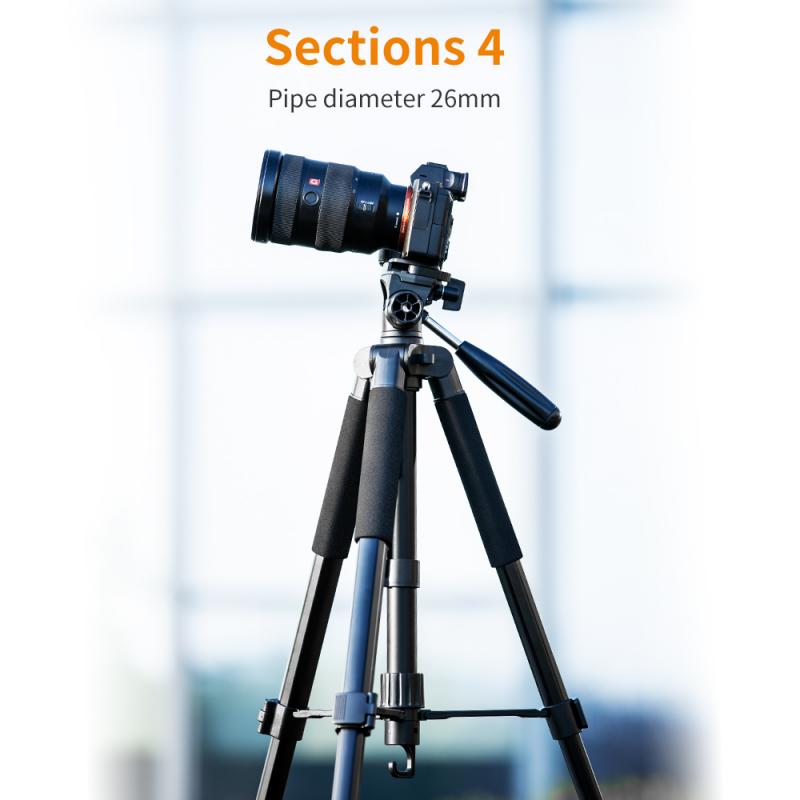
3、 Compression: Reducing file size for efficient transmission.
A WiFi web camera, also known as an IP camera, works by capturing video footage and transmitting it over a wireless network. It utilizes the WiFi technology to connect to a local network or the internet, allowing users to access the camera remotely from anywhere with an internet connection.
The camera captures video using a lens and an image sensor, similar to a traditional camera. However, instead of storing the footage on a physical medium like film or memory card, it converts the video into a digital format. This digital video is then compressed to reduce its file size for efficient transmission over the network.
Compression is a crucial aspect of WiFi web camera technology. It reduces the amount of data that needs to be transmitted, making it easier and faster to send the video over the network. There are various compression algorithms used, such as H.264 or H.265, which are designed to maintain video quality while minimizing file size.
The latest point of view in WiFi web camera technology is the use of advanced compression techniques to further enhance efficiency. For example, newer cameras may employ High Efficiency Video Coding (HEVC) or H.265, which offers better compression ratios compared to older standards like H.264. This allows for higher quality video streaming with lower bandwidth requirements.
Additionally, some WiFi web cameras also support adaptive bitrate streaming, which dynamically adjusts the video quality based on the available network bandwidth. This ensures smooth video playback even in situations where the network conditions fluctuate.
In summary, a WiFi web camera works by capturing video, converting it into a digital format, compressing it to reduce file size, and transmitting it over a wireless network. The latest advancements in compression technology have led to more efficient video transmission and improved video quality for WiFi web cameras.

4、 Streaming: Real-time transmission of video feed over the internet.
A WiFi web camera, also known as an IP camera, is a device that captures and transmits video footage over a wireless network. It is designed to provide remote access to live video feeds, allowing users to monitor their surroundings from anywhere with an internet connection.
The basic functionality of a WiFi web camera involves capturing video using a built-in camera sensor and encoding it into a digital format. This encoded video is then transmitted over a WiFi network to a connected device, such as a computer or smartphone, using the Internet Protocol (IP). The camera acts as a server, while the connected device acts as a client, receiving and decoding the video stream.
Streaming is a key aspect of how a WiFi web camera works. Real-time transmission of the video feed over the internet allows users to view the live footage without any significant delay. This is achieved by breaking the video into small packets and sending them over the network in a continuous stream. The client device receives these packets and reconstructs them into a coherent video stream for display.
In recent years, advancements in technology have improved the capabilities of WiFi web cameras. Higher resolution sensors, such as HD or even 4K, provide clearer and more detailed video footage. Additionally, many cameras now offer features like night vision, motion detection, and two-way audio communication, enhancing their functionality and usability.
Furthermore, the integration of WiFi web cameras with smart home systems and cloud storage services has become increasingly common. This allows users to access their camera feeds remotely through dedicated mobile apps or web interfaces, and even store video recordings in the cloud for later review.
Overall, WiFi web cameras have revolutionized the way we monitor and secure our homes and businesses. With their real-time streaming capabilities and advanced features, they provide a convenient and effective solution for remote video surveillance.
